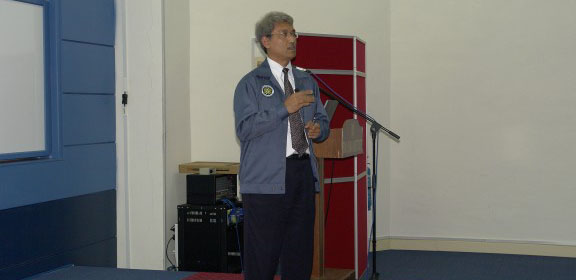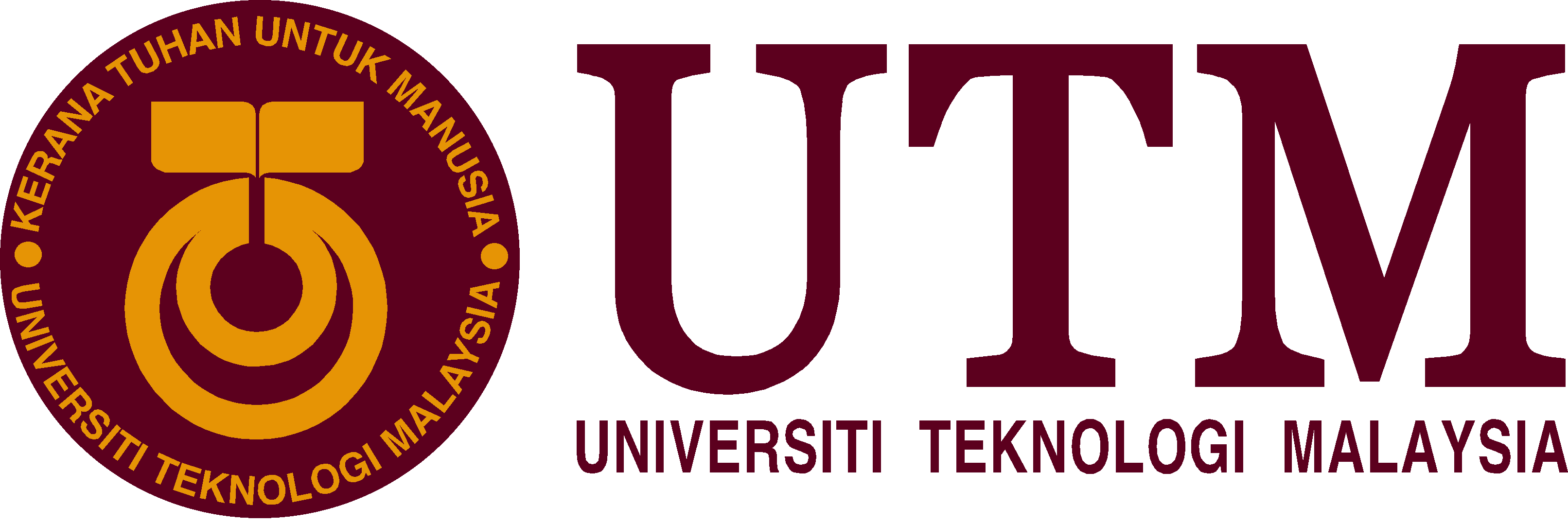
Advances in Analytical Microextraction Methods towards Green Chemistry
Ibnu Sina Institute for Fundamental Science Studies, University Teknologi Malaysia
12 March 2008
Lecture Theatre 1
Ibnu Sina Institute for Fundamental Science Studie
University Teknologi Malaysia
Abstract
The main aims behind the miniaturization of liquid-liquid extraction (LLE) have been to facilitate automation and to effectively reduce the consumption of organic solvents. Liquid-phase microextraction (LPME) is a miniaturized LLE that involve the use of a droplet of organic solvent hanging at the end of a micro-syringe needle. This organic micro-droplet is placed in an aqueous sample and the analytes present in the aqueous sample are extracted into the organic microdroplet. Subsequently, the organic microdroplet is withdrawn into the syringe and transferred to gas chromatography (GC) or liquid chromatography (LC) system for the final analysis. Alternatively, LPME is performed in a three-phase system in which analytes in their neutral form are extracted from aqueous samples, through a thin layer of an organic solvent on the top of the sample, and into an aqueous microdroplet placed at the tip of a micro-syringe. In the latter, the analytes were transferred to their ionized state to promote trapping within the microextract. Subsequently, the aqueous micro-extract is transferred to a LC system for the final analysis. LPME methods have emerged as a powerful tool to pre-concentrate compounds from aqueous samples prior to chromatographic analysis. Besides being simple, inexpensive, fast, can be easily automated, LPME is virtually solvent free. It often results in increased sensitivity and, because of the disposable nature of the hollow fiber, it also eliminates the possibility of carry-over between analyses. This presentation will discuss recent advances in microextraction methods and their impacts towards green chemistry.

